Home>Storage Ideas>Bedroom Storage>How To Remove Stains From Kids’ Clothes
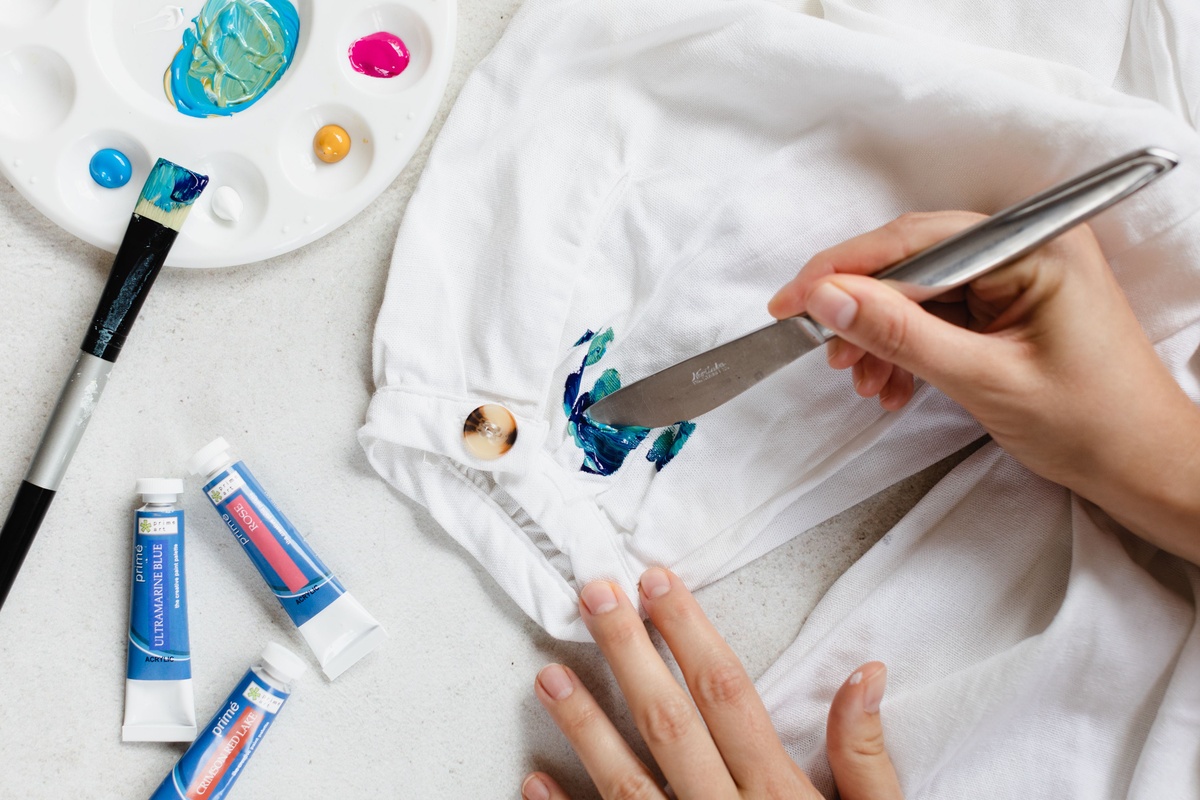

Bedroom Storage
How To Remove Stains From Kids’ Clothes
Modified: August 30, 2024
Learn effective methods to remove stubborn stains from your kids' clothes with the help of our bedroom storage solutions. Say goodbye to unsightly marks and keep your little ones' outfits looking fresh and clean.
(Many of the links in this article redirect to a specific reviewed product. Your purchase of these products through affiliate links helps to generate commission for Storables.com, at no extra cost. Learn more)
Introduction
Welcome to our comprehensive guide on how to remove stains from kids’ clothes. As any parent knows, getting stains on our little ones’ clothes is a common occurrence. Whether it’s juice spills, grass stains, or marker mishaps, it seems like there’s always something that causes those stubborn marks to appear.
But fear not! With the right techniques and some elbow grease, you can successfully remove almost any type of stain from your kids’ clothes. In this article, we will explore various common types of stains and provide you with step-by-step instructions on how to effectively pre-treat and remove them.
From food and drink stains to ink and paint mishaps, we’ve got you covered. And not only will we share practical stain removal tips and tricks, but we’ll also offer advice on how to prevent stains from happening in the first place.
So, grab your stain-fighting arsenal, put on your superhero cape, and let’s dive into the world of stain removal!
Key Takeaways:
- Master the art of stain removal with quick action, proper pre-treatment, and targeted cleaning methods to keep your kids’ clothes fresh and stain-free.
- Embrace proactive stain prevention strategies, from choosing the right clothing to teaching your kids about handling stains, to minimize the impact of inevitable accidents.
Read more: How To Remove Grass Stains From Clothes
Common Types of Stains on Kids’ Clothes
Kids are no strangers to getting dirty, and it’s no surprise that their clothes often bear the brunt of their adventures. Here are some of the most common types of stains you might find on your little ones’ clothes:
- Food and Drink Stains: From spaghetti sauce to fruit juice, food and drink stains are a frequent occurrence. These stains can be particularly stubborn, especially if they contain vibrant colors or oils.
- Grass and Mud Stains: Whether your child loves playing outside or participating in sports activities, grass and mud stains are almost inevitable. The green grass stains and brown mud smudges can be quite challenging to remove.
- Ink and Marker Stains: Creative little artists often leave their mark on their clothes with ink and markers. These stains can be tricky, especially if they have already dried.
- Paint and Playdough Stains: Arts and crafts time can be messy, resulting in paint and playdough stains on clothing. These stains may be stubborn due to the colorful pigments and the texture of the substances.
- Blood and Bodily Fluid Stains: Accidents happen, and when they do, blood and other bodily fluid stains may occur. These stains require special attention to ensure proper removal.
- Grease and Oil Stains: Greasy and oily foods can leave unsightly stains on kids’ clothes. These stains often require different cleaning methods to break down the grease and remove the marks.
- Common Household Stains: There are also various everyday stains that may find their way onto kids’ clothes, such as chocolate, ketchup, crayon, and more. Each of these stains may require a specific approach for successful removal.
Now that we’ve identified some of the most common types of stains on kids’ clothes, let’s move on to the next section, where we’ll explore the pre-treating methods that can help loosen and prepare the stains for removal.
Pre-Treating Stains
Before diving into the specific techniques for removing different types of stains, it’s important to understand the importance of pre-treating. Pre-treating stains by properly preparing them before washing can significantly increase the chances of successful removal. Here are some general pre-treating guidelines to follow:
- Act quickly: The sooner you address a stain, the better chance you have of removing it. As soon as you notice a stain on your child’s clothes, try to pre-treat it right away.
- Read the garment label: Always check the care label on the clothing item for any specific instructions or warnings. Different fabrics may require different pre-treatment methods.
- Blot, don’t rub: When dealing with wet stains, gently blot the area with a clean cloth or paper towel to remove as much of the excess liquid as possible. Avoid rubbing, as it can spread the stain further.
- Test for colorfastness: Before applying any cleaning solution or detergent to the stain, it’s essential to test it on a small, inconspicuous area of the fabric. This ensures that the product won’t cause discoloration or damage.
- Use the right pre-treatment method: Different stains may require different pre-treatment techniques. For example, for greasy stains, you may need to use an absorbent powder or liquid dish soap, while enzymatic cleaners work well for protein-based stains like blood and bodily fluids.
- Work from the back of the stain: When applying a cleaning solution, place a clean cloth or paper towel behind the stain to prevent it from transferring to the other side of the fabric.
- Allow the pre-treatment to soak: Let the cleaning solution or detergent sit on the stain for a few minutes to penetrate the fibers and loosen the stain.
- Gently agitate: After allowing the pre-treatment to soak, use a soft-bristle brush or your fingers to gently agitate the stain. This can help break up the stain particles and make it easier to remove.
Following these pre-treating guidelines will set the stage for effective stain removal. Now let’s move on to specific techniques for tackling different types of stains, starting with food and drink stains.
Removing Food and Drink Stains
Kids and mealtime can often result in messy clothing. From spaghetti sauce splatters to grape juice spills, food and drink stains are a common occurrence. Here’s how you can effectively remove them:
- Act quickly: Scrape off any excess food particles using a spoon or blunt knife. Blot the stain gently with a clean cloth or paper towel to absorb as much liquid as possible.
- Pre-treat: Apply a small amount of liquid dish soap directly to the stain and gently rub it in. Let it sit for about 10 minutes to break down the stain.
- Wash: Launder the garment as per the fabric’s care instructions. Use the warmest water temperature that is safe for the fabric and add a stain-fighting laundry detergent. Check the stain before drying. If it’s still visible, repeat the pre-treating process or try a specialized stain remover.
- For stubborn stains: If the stain persists, create a paste by mixing equal parts baking soda and water. Apply the paste to the stain and let it sit for 30 minutes before washing.
For specific food and drink stains, here are some additional tips:
- For grease stains: Sprinkle talcum powder or cornstarch onto the stain and let it sit for a few hours. Brush off the powder and wash as usual.
- For fruit juice stains: Rinse the stain with cold water to prevent it from setting. Rub a mixture of equal parts lemon juice and water onto the stain and let it sit for a few minutes before washing.
- For tomato sauce stains: Rinse the stain with cold water and apply a mixture of dish soap and hydrogen peroxide onto the stain. Gently scrub the area with a soft brush and wash the garment.
By acting quickly and using the right pre-treatment methods, you can effectively remove food and drink stains from your kids’ clothes. Now, let’s move on to the next section where we’ll tackle those pesky grass and mud stains.
Eliminating Grass and Mud Stains
Outdoor playtime and sports activities often lead to grass and mud stains on kids’ clothes. Fortunately, with the right approach, these stains can be effectively eliminated. Follow these steps to tackle grass and mud stains:
- Let it dry: Allow the grass or mud stain to dry completely before attempting to remove it. Trying to remove wet grass or mud can spread the stain and make it more difficult to treat.
- Gently brush off: Use a soft brush or your fingers to gently brush off as much dried grass or mud as possible. Be careful not to scrub aggressively, as it can push the stain deeper into the fabric.
- Pre-treat: Apply a stain remover or a mixture of equal parts white vinegar and water directly to the stain. Let it sit for about 15 minutes to loosen the stain.
- Wash: Launder the garment as usual, following the care instructions. Use the warmest water temperature suitable for the fabric. Check the stain after washing but before drying. If it’s still visible, repeat the pre-treating process or try using a powdered oxygen bleach.
For tough grass and mud stains, consider the following tips:
- For stubborn stains: If the stain remains, create a paste by mixing a powdered oxygen bleach with water according to the package instructions. Apply the paste to the stain, ensuring it covers the entire affected area. Let it soak for at least an hour before washing.
- For muddy stains: If the stain is primarily mud, allow the mud to dry completely, then scrape off the excess as much as possible. Rinse the stained area with cold water to remove any remaining dirt particles. Pre-treat and launder as instructed.
By properly pre-treating and washing, you can successfully eliminate grass and mud stains from your kids’ clothes. Next, let’s learn how to remove ink and marker stains.
Read more: How To Remove Stain From Fence
Treating Ink and Marker Stains
Kids’ creativity often results in ink and marker stains on their clothes. These stains can be challenging to remove, but with the right techniques, you can effectively treat them. Follow these steps to tackle ink and marker stains:
- Act quickly: As soon as you notice the ink or marker stain, act quickly to prevent it from setting. Blot the stain gently with a clean cloth or paper towel to absorb any excess ink or marker ink.
- Pre-treat: Apply a small amount of rubbing alcohol or hand sanitizer directly to the stain. Gently blot the stain with a clean cloth or sponge. Avoid rubbing, as it may spread the stain further.
- Repeat if necessary: For stubborn stains, reapply the rubbing alcohol or hand sanitizer and continue blotting until the stain starts to fade.
- Rinse: Rinse the stained area with cold water to remove any remaining ink or marker residue.
- Wash: Launder the garment as per the care instructions, using the warmest water temperature recommended for the fabric. Check the stain before drying. If it’s still visible, repeat the pre-treating process or try using a specialized stain remover.
While these steps work well for most ink and marker stains, bear in mind that some permanent markers or certain types of ink may be more challenging to remove. In these cases, consider the following additional tips:
- Note: It’s always a good idea to test any cleaning product or solution on a small, inconspicuous area of the fabric before applying it to the stain, to ensure that it doesn’t cause any damage or discoloration.
- For permanent marker stains: If the stain persists, try using a solvent-based stain remover specifically designed for removing permanent marker. Apply it according to the product instructions, and launder the garment accordingly.
- For washable marker stains: Washable markers are typically easier to remove than permanent markers. However, if the stain remains, repeat the pre-treating steps using rubbing alcohol or hand sanitizer.
By acting quickly, using the right pre-treatment methods, and being persistent, you can effectively treat ink and marker stains on your kids’ clothes. Next, let’s explore how to banish paint and playdough stains.
To remove stains from kids’ clothes, apply a small amount of liquid laundry detergent directly to the stain and gently rub it in. Let it sit for a few minutes, then wash the garment as usual. This method works well for most common stains.
Banishing Paint and Playdough Stains
Artistic endeavors often lead to paint and playdough stains on kids’ clothes. These stains can be tricky to tackle, but with the right approach, you can banish them successfully. Follow these steps to remove paint and playdough stains:
- Act quickly: As soon as you notice the paint or playdough stain, take immediate action. Scrape off any excess paint or playdough using a spoon or blunt knife. Blot the stain gently with a clean cloth or paper towel to absorb as much of the stain as possible.
- Pre-treat: Apply a stain remover or liquid dish soap directly to the stain. Gently rub it in and let it sit for about 10 minutes to break down the stain.
- Blot and rinse: Blot the stained area with a clean cloth or sponge to lift the loosened paint or playdough. Rinse the stain under cold running water to remove any remaining residue.
- Wash: Launder the garment as per the fabric’s care instructions. Use the warmest water temperature recommended for the fabric, along with a stain-fighting laundry detergent. Check the stain before drying. If it’s still visible, repeat the pre-treating process or try using a specialized stain remover.
If the paint or playdough stain proves to be stubborn, consider the following additional tips:
- For dried paint stains: If the paint has dried on the fabric, gently scrape off as much paint as possible without damaging the fabric. Apply a paint thinner or rubbing alcohol to a clean cloth and dab the stain, working from the outer edges towards the center. Rinse the area under cold water and wash the garment as usual.
- For playdough stains: Allow the playdough to dry completely before attempting to remove it. Once dry, carefully brush off the excess playdough, taking care not to spread the stain. Pre-treat the remaining stain with a stain remover or liquid dish soap, and wash the garment as instructed.
By acting quickly, using proper pre-treatment methods, and washing the garment correctly, you can successfully banish paint and playdough stains from your kids’ clothes. Next, we’ll learn how to remove blood and bodily fluid stains.
Getting Rid of Blood and Bodily Fluid Stains
Accidents happen, and when they do, blood and other bodily fluid stains may end up on your kids’ clothes. These stains may seem intimidating to remove, but with the right approach, they can be effectively treated. Follow these steps to get rid of blood and bodily fluid stains:
- Act quickly: As soon as you notice a blood or bodily fluid stain, it’s essential to act quickly. Rinse the stained area under cold running water to flush out as much of the stain as possible.
- Pre-treat: Apply a small amount of hydrogen peroxide directly to the stain. Gently rub it into the fabric using a clean cloth or sponge. Allow the peroxide to sit on the stain for about 5 minutes to break it down.
- Rinse and inspect: Rinse the stain under cold water again to remove any loosened residue. Check the stain and repeat the pre-treating process if necessary.
- Wash: Launder the garment according to the fabric’s care instructions. Use the warmest water temperature recommended for the fabric and add a laundry detergent. Check the stain before drying. If it’s still visible, repeat the pre-treating process or try using an enzymatic cleaner specifically designed for removing protein-based stains.
It’s important to note that hot water should never be used for blood stains, as it can set the stain and make it more difficult to remove. Also, be cautious when using hydrogen peroxide on colored fabrics, as it may cause discoloration. Always test it on a small, inconspicuous area before applying it to the stain.
For specific bodily fluid stains, here are additional tips:
- For urine stains: If the stain is from urine, rinse the stained area under cold water. Treat the stain with an enzymatic cleaner or a mixture of vinegar and water before washing.
- For vomit stains: Remove any solid matter from the stained area and rinse it under cold water. Pre-treat with a mixture of hydrogen peroxide and dish soap or use an enzymatic cleaner before washing.
- For feces stains: Scrape off any solid matter with a blunt knife or spoon. Rinse the stained area under cold water and pre-treat with a stain remover or liquid dish soap before laundering.
By acting quickly, using the right pre-treatment methods, and washing the garment correctly, you can effectively remove blood and bodily fluid stains from your kids’ clothes. Next, we’ll learn how to deal with grease and oil stains.
Dealing with Grease and Oil Stains
Grease and oil stains can be particularly stubborn and frustrating to remove from kids’ clothes. Whether it’s from cooking oil or greasy foods, these stains require a specific approach to effectively eliminate them. Follow these steps to deal with grease and oil stains:
- Act quickly: As with any stain, addressing a grease or oil stain promptly can increase the chances of successful removal. Use a clean cloth or paper towel to blot and absorb as much of the excess grease or oil as possible.
- Pre-treat: Sprinkle a generous amount of talcum powder, cornstarch, or baby powder onto the stain. Gently press the powder into the fabric to absorb the grease or oil. Let it sit for at least 30 minutes, or overnight if possible.
- Brush off the powder: After allowing the powder to absorb the grease or oil, use a soft brush or your hand to carefully brush off the excess powder. Be gentle to avoid spreading the stain further.
- Pre-treat again: If the stain still persists, apply a small amount of liquid dish soap or a grease-fighting laundry detergent directly to the stain. Gently rub it into the fabric using a clean cloth or sponge.
- Wash: Launder the garment according to the fabric’s care instructions, using the warmest water temperature safe for the fabric. Add a laundry detergent formulated for stain removal. Check the stain before drying. If it’s still visible, repeat the pre-treating process or try using a specialized stain remover.
If the stain is particularly stubborn, you can try the following additional tips:
- For delicate fabrics: If the stained garment is made of delicate or sensitive fabric, such as silk or wool, consider taking it to a professional cleaner who specializes in treating delicate fabrics.
- For old stains: If the grease or oil stain has set and becomes old, it may require more aggressive treatment. In this case, try using a pre-wash stain remover or applying a mixture of equal parts ammonia and water to the stain.
By promptly treating grease and oil stains, using the right pre-treatment methods, and washing the garment correctly, you can successfully deal with these stubborn stains on your kids’ clothes. Next, we’ll explore how to remove common household stains from their garments.
Read more: How To Remove Stains From Mattress
Removing Common Household Stains from Kids’ Clothes
In addition to the specific stains mentioned earlier, kids’ clothes often encounter various common household stains. Whether it’s chocolate smudges, ketchup spills, or crayon marks, knowing how to remove these stains is essential. Here’s how you can effectively tackle common household stains:
- Chocolate: Scrape off any excess chocolate using a blunt knife or spoon. Rinse the stain with cold water, then apply a mixture of liquid dish soap and water to the stain. Gently rub the area and rinse again before laundering the garment.
- Ketchup: Scrape off any excess ketchup from the fabric. Pre-treat the stain with a mixture of dish soap and water. Let it sit for a few minutes, then wash the garment as usual.
- Crayon: Scrape off any excess crayon wax with a blunt knife. Place a clean cloth or paper towel over the stain and press with a warm iron to transfer the wax onto the cloth. Pre-treat the remaining mark with a stain remover or liquid dish soap and launder the garment.
- Juice: Rinse the stained area with cold water to prevent the stain from setting. Apply a mixture of equal parts lemon juice and water to the stain. Let it sit for a few minutes, then wash the garment as instructed.
- Marker: Depending on the type of marker, refer to the section on treating ink and marker stains for specific instructions. Remember to act quickly and pre-treat the stain as soon as possible for the best chance of removal.
These are just a few examples of common household stains that kids’ clothes may encounter. The key is to identify the stain and use appropriate pre-treatment methods based on the specific staining substance. Always check the fabric care label and test any cleaning solution on a small, inconspicuous area before applying it to the stain.
By knowing how to effectively remove common household stains, you can keep your kids’ clothes looking fresh and stain-free. Now, let’s move on to some tips for preventing stains on their clothes.
Tips for Preventing Stains on Kids’ Clothes
While it’s inevitable that kids will occasionally get stains on their clothes, there are some preventive measures you can take to minimize the occurrence of stains. Here are some helpful tips:
- Choose the right clothing: Opt for clothes made from stain-resistant fabrics or treated with a stain repellent finish. Look for garments with darker colors or patterns that can help camouflage stains.
- Consider aprons or smocks: When your child is engaged in messy activities such as cooking, painting, or crafting, have them wear an apron or smock to protect their clothing from stains.
- Encourage proper eating habits: Teach your children to eat carefully and avoid unnecessary spills. Use spill-proof cups and containers whenever possible to minimize the chances of drink spills.
- Keep stain-fighting essentials handy: Have a designated stain removal kit with items such as stain removers, white vinegar, and hydrogen peroxide readily available for quick stain treatment.
- Act quickly: The sooner you respond to a stain, the better chance you have of removing it successfully. Blot and pre-treat the stain as soon as possible to prevent it from setting.
- Separate clothing: Separate heavily soiled or stained clothing from the rest before washing. It prevents the transfer of stains to other garments and allows for appropriate treatment.
- Read and follow care instructions: Always read and follow the care instructions on garment labels to ensure you use the correct washing temperature and laundry detergents suitable for the fabric.
- Teach your kids about stain prevention: Educate your children about the importance of being cautious around potential stain-causing substances and how to handle them properly to prevent accidents.
- Pre-treat as a routine: Make it a habit to pre-treat stains on your kids’ clothes even if you don’t have time to wash them immediately. This will help prevent stains from setting in and make them easier to remove later.
By following these tips and incorporating stain prevention into your daily routine, you can significantly reduce the frequency and severity of stains on your kids’ clothes. Of course, accidents happen, but with proper care and proactive measures, you’ll be better equipped to handle those inevitable stains.
Now that you have a toolkit of stain removal techniques and prevention strategies, you’re ready to keep your kids’ clothes looking clean and fresh. Remember to stay calm when stains happen and approach the cleaning process with patience and care. Happy stain removal!
Conclusion
Removing stains from kids’ clothes may seem like a daunting task, but armed with the right knowledge and techniques, you can conquer even the toughest stains. From food and drink spills to grass and mud stains, ink and marker mishaps, paint and playdough smears, and even blood and bodily fluid accidents, you now have a comprehensive guide at your fingertips.
By acting quickly, pre-treating stains, and using the appropriate cleaning methods, you can effectively eliminate various types of stains from your kids’ clothes. Remember to read garment labels, conduct spot tests, and follow the care instructions to ensure the best results while avoiding possible damage to the fabric.
Additionally, implementing preventive measures such as choosing stain-resistant fabrics, using aprons or smocks, and encouraging proper eating habits can help minimize the occurrence of stains in the first place. Having a stain removal kit on hand and teaching your children stain prevention techniques will make the whole process easier and less stressful.
Ultimately, stain removal is a combination of science, art, and a touch of patience. It’s part of the journey of parenthood, where you embrace the messes and teach your kids valuable life lessons along the way. So, don’t stress when stains happen – approach them as opportunities to learn and grow.
With this comprehensive guide, you can confidently tackle any stain that comes your way. From stubborn food and grass stains to ink and paint mishaps, grease and oil marks, and common household stains, you now have the knowledge to keep your kids’ clothes looking fresh and stain-free.
Remember, always be swift, gentle, and vigilant in the face of stains. Act quickly, pre-treat effectively, and wash with care. And most importantly, embrace the joy and magic that childhood brings, stains and all.
Frequently Asked Questions about How To Remove Stains From Kids' Clothes
Was this page helpful?
At Storables.com, we guarantee accurate and reliable information. Our content, validated by Expert Board Contributors, is crafted following stringent Editorial Policies. We're committed to providing you with well-researched, expert-backed insights for all your informational needs.
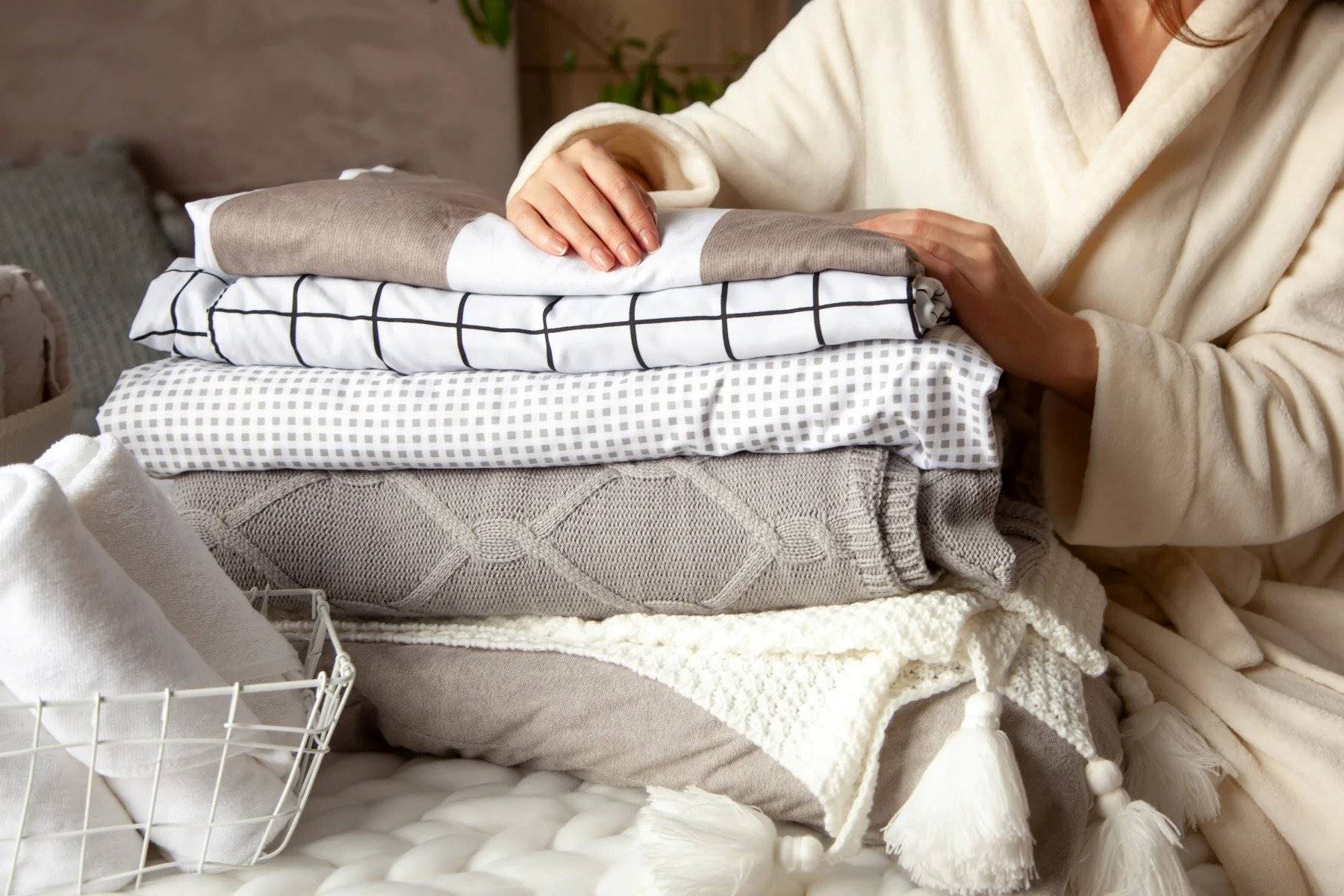
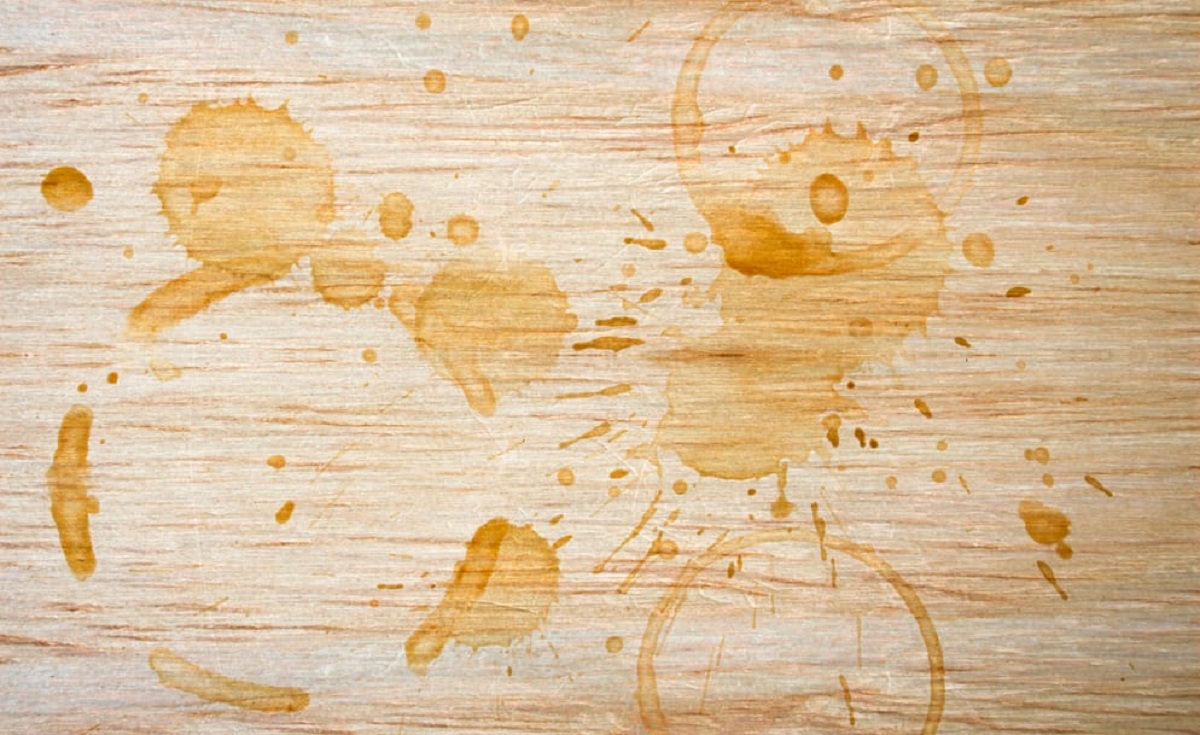
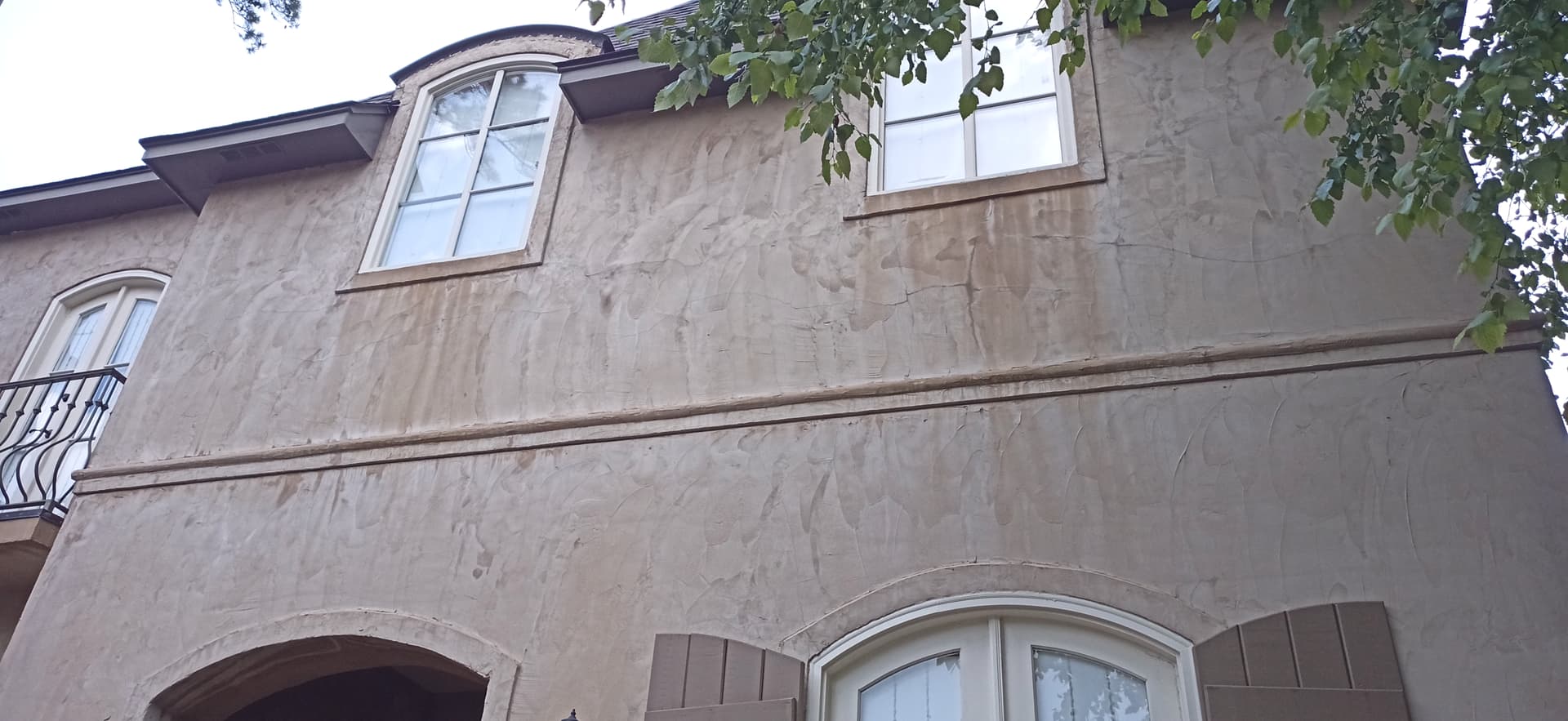
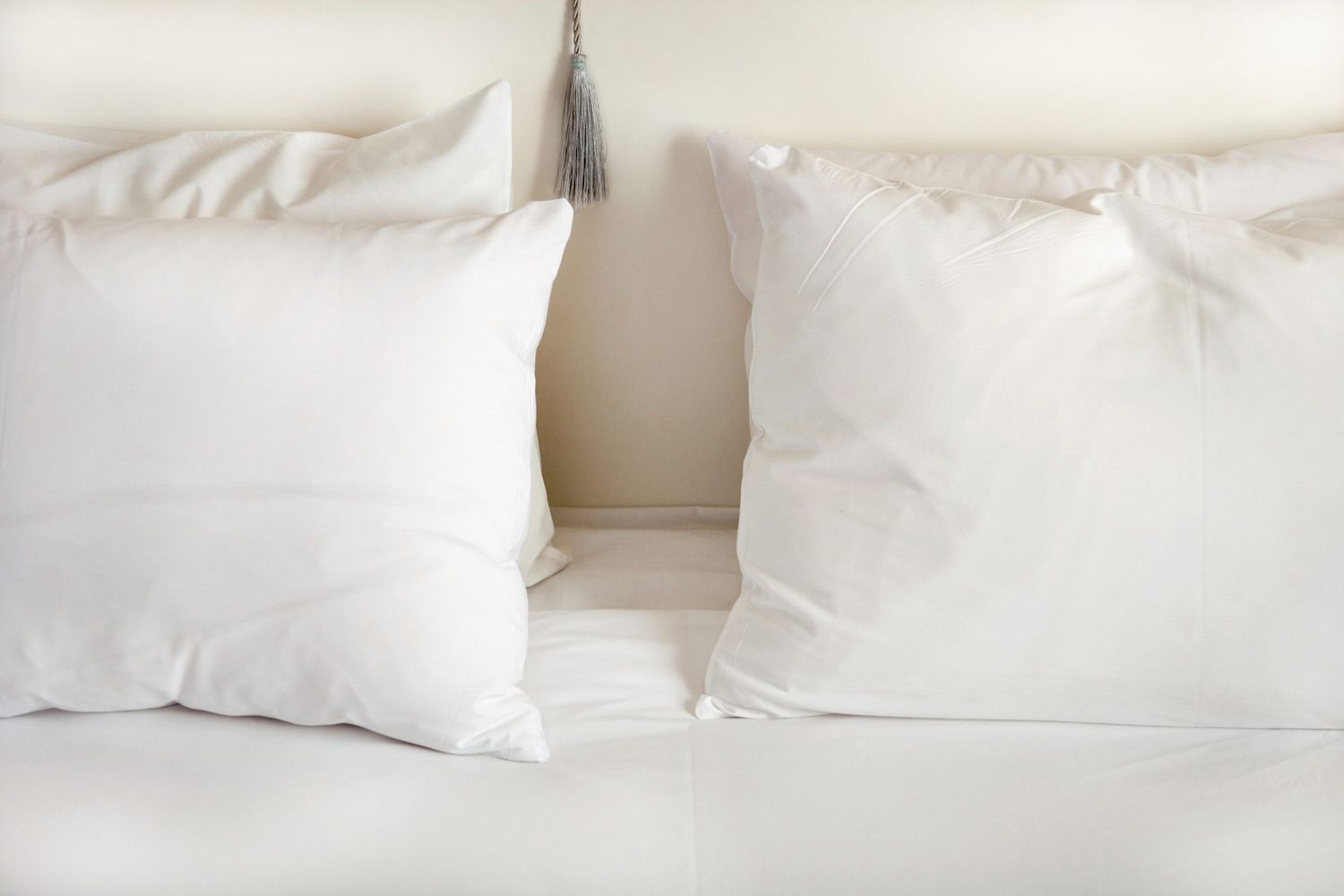
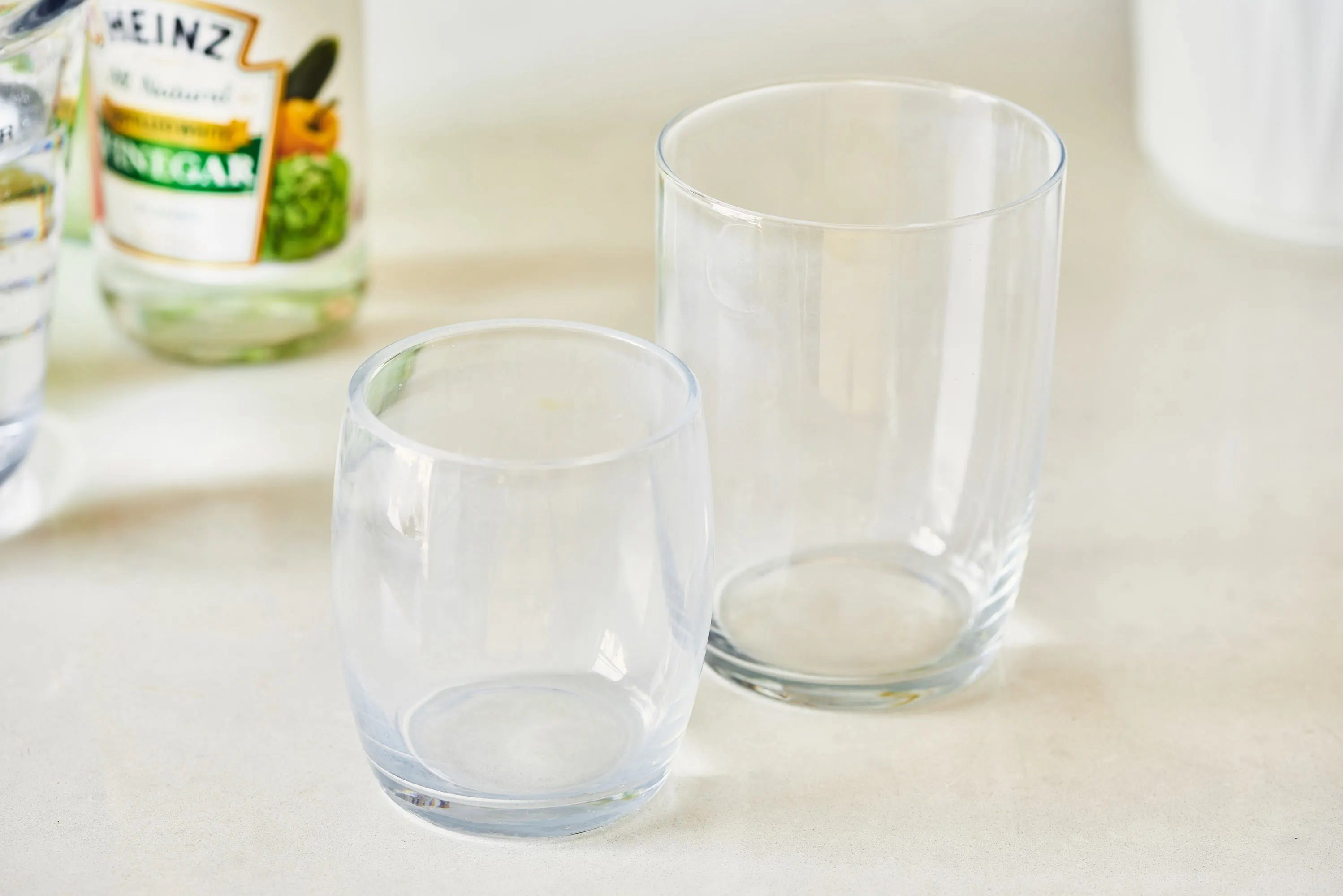
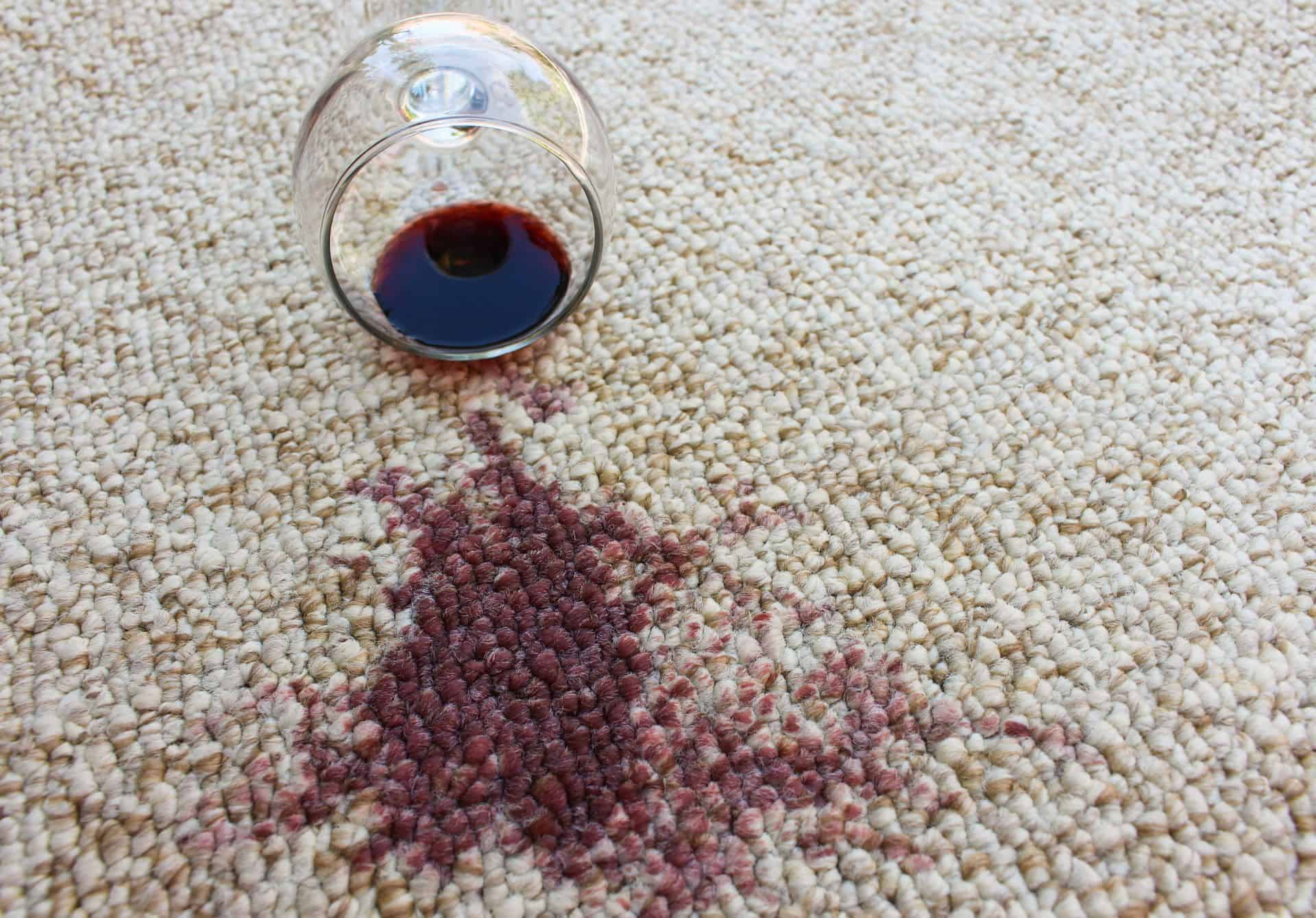
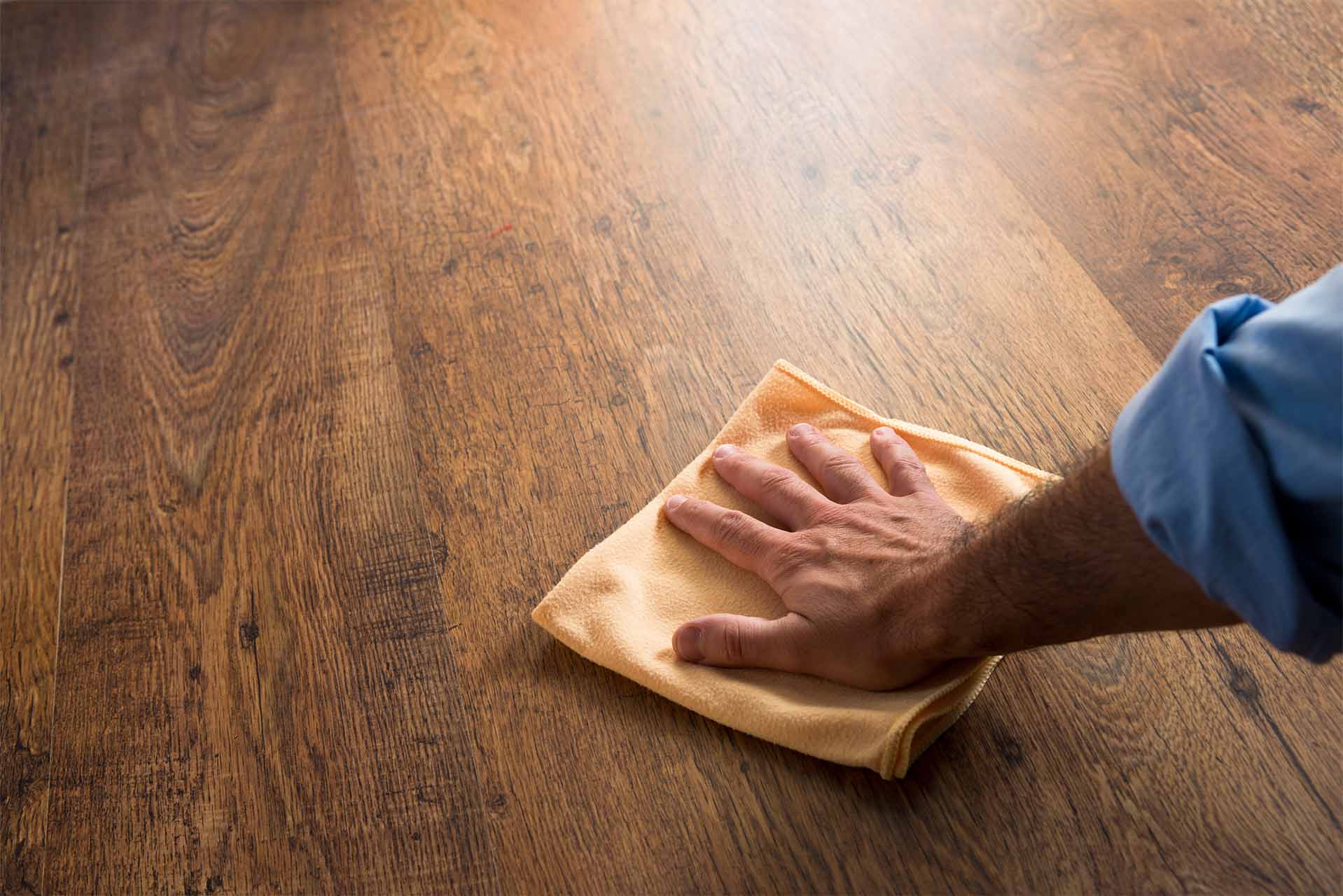
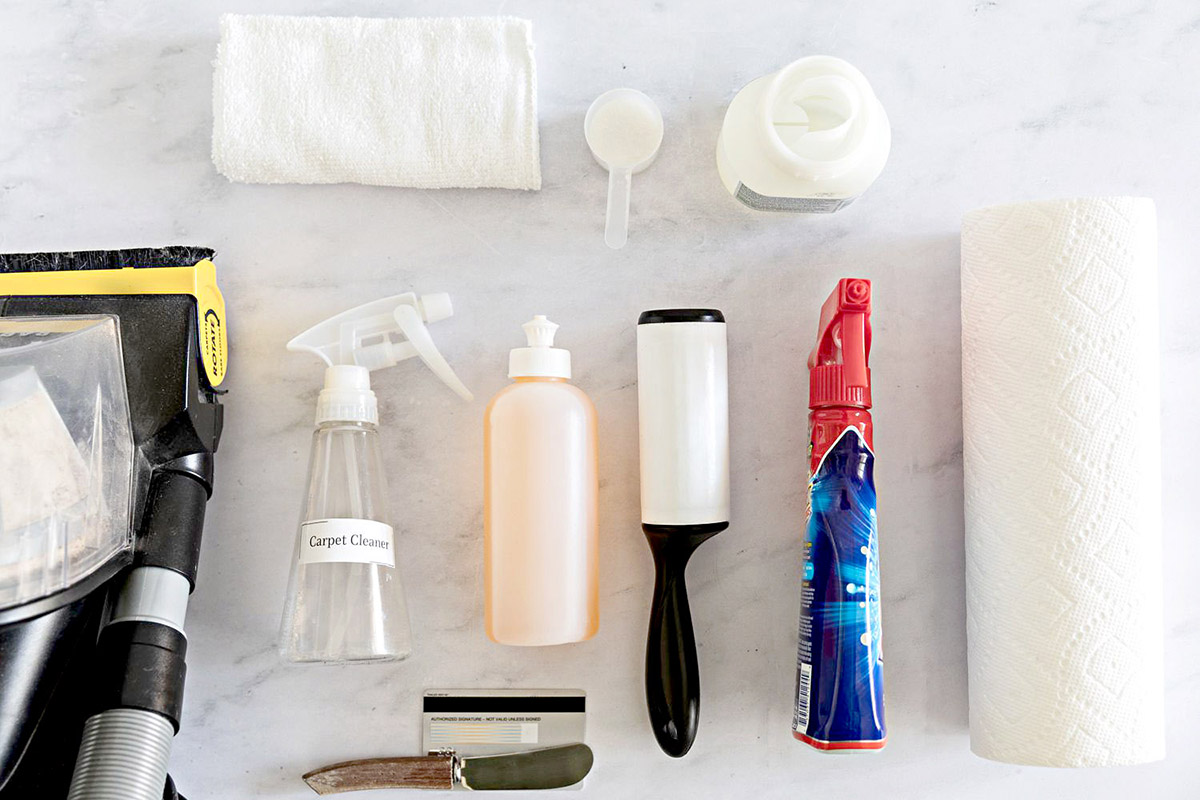
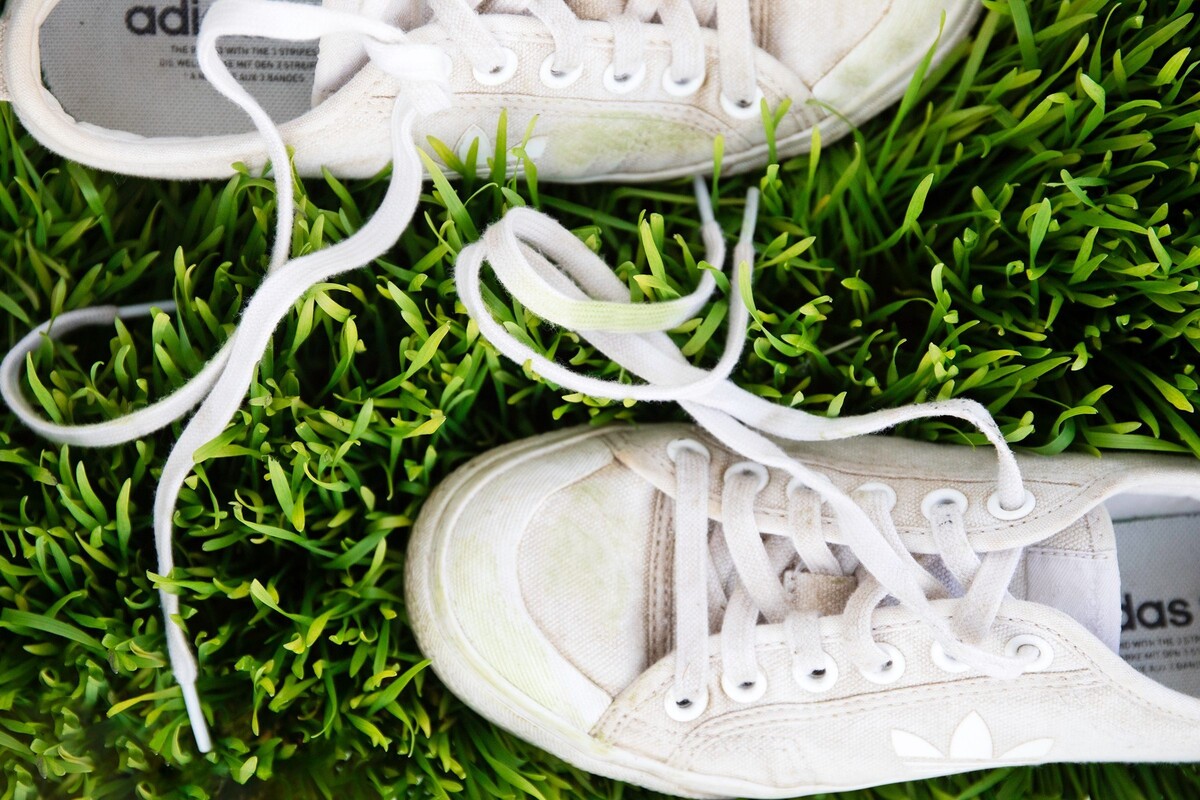
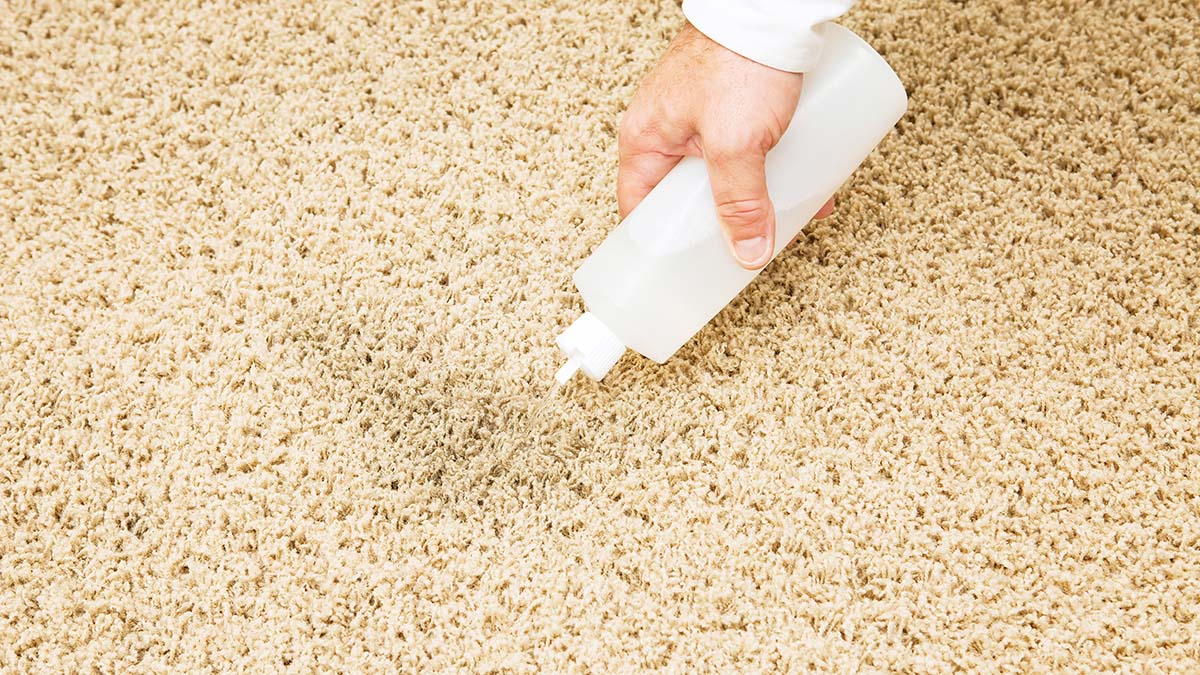
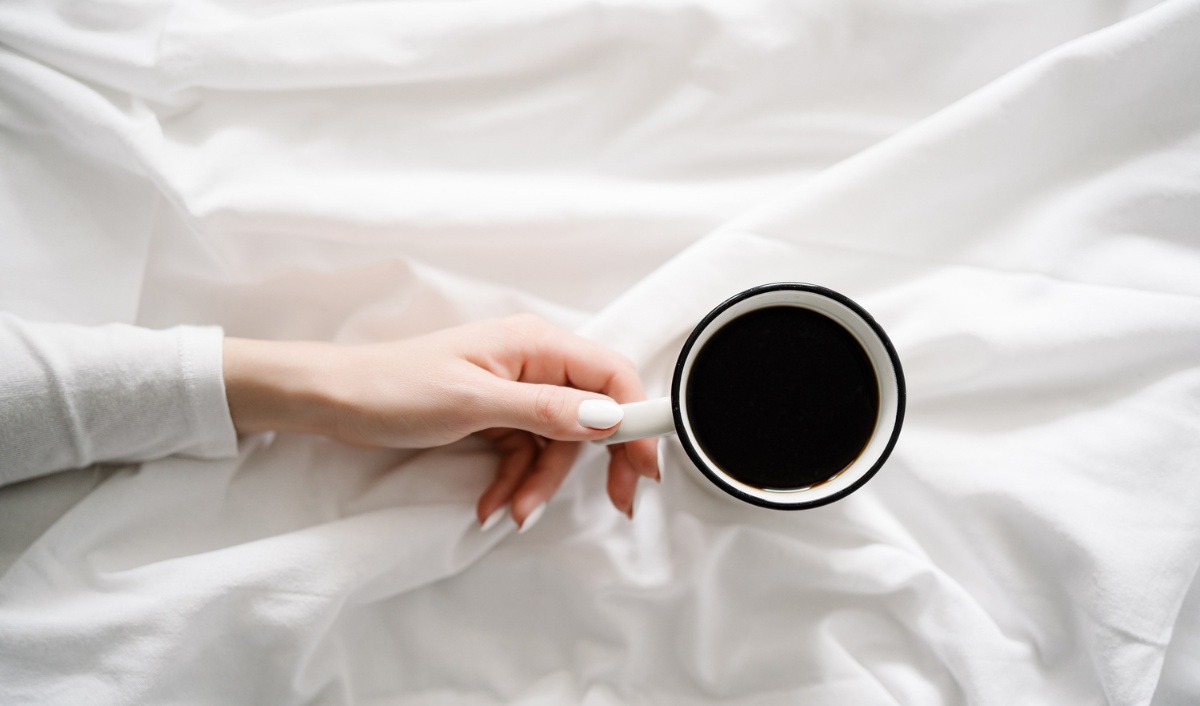
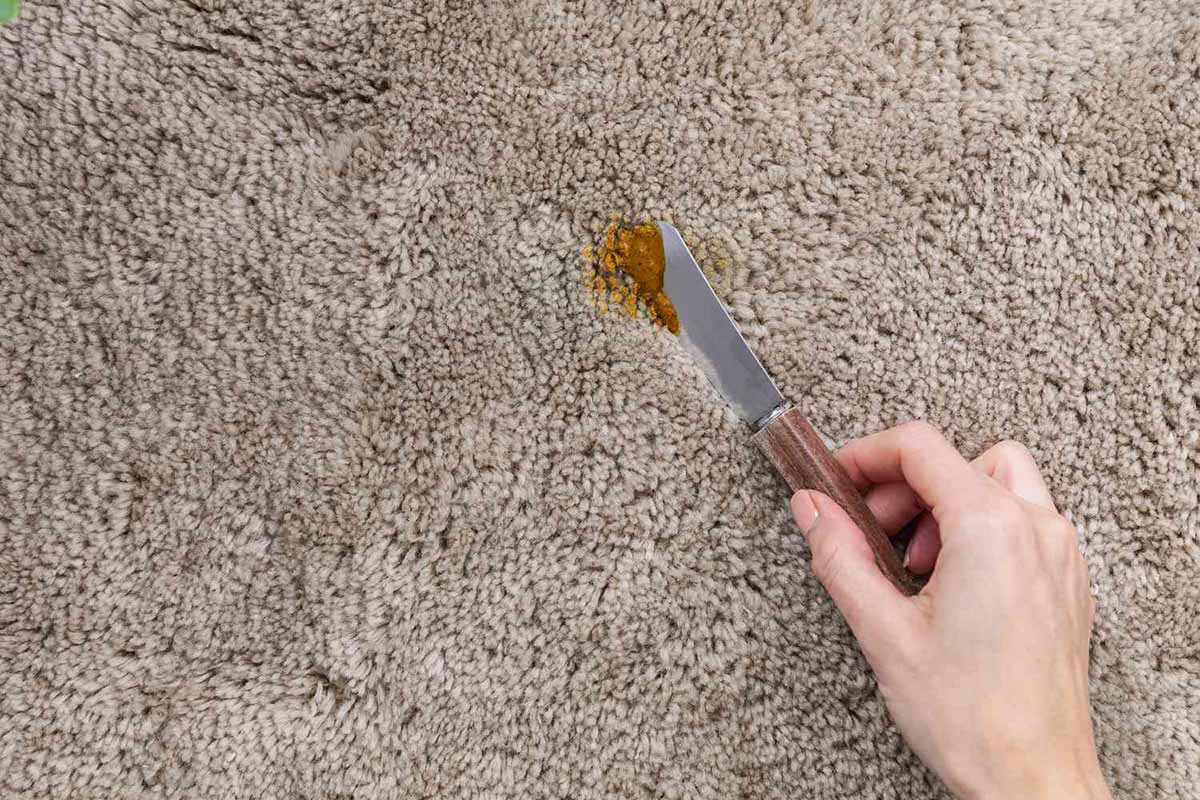
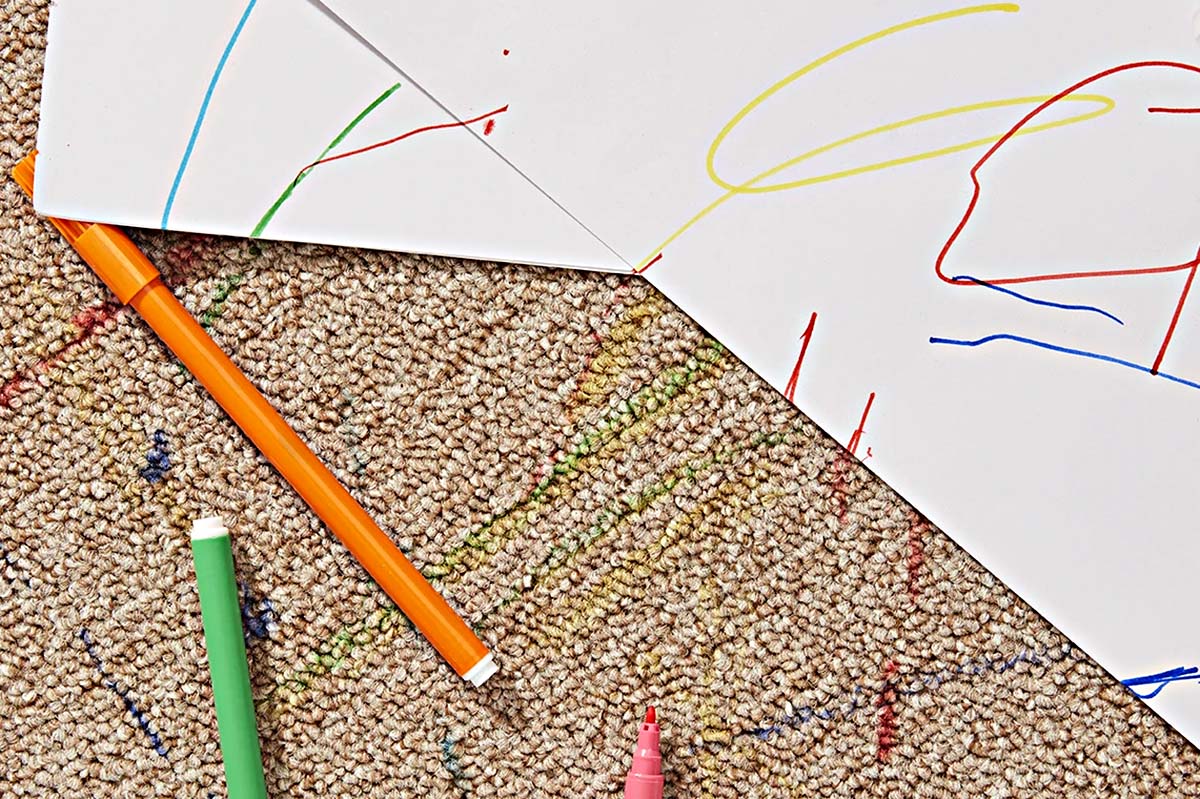

0 thoughts on “How To Remove Stains From Kids’ Clothes”